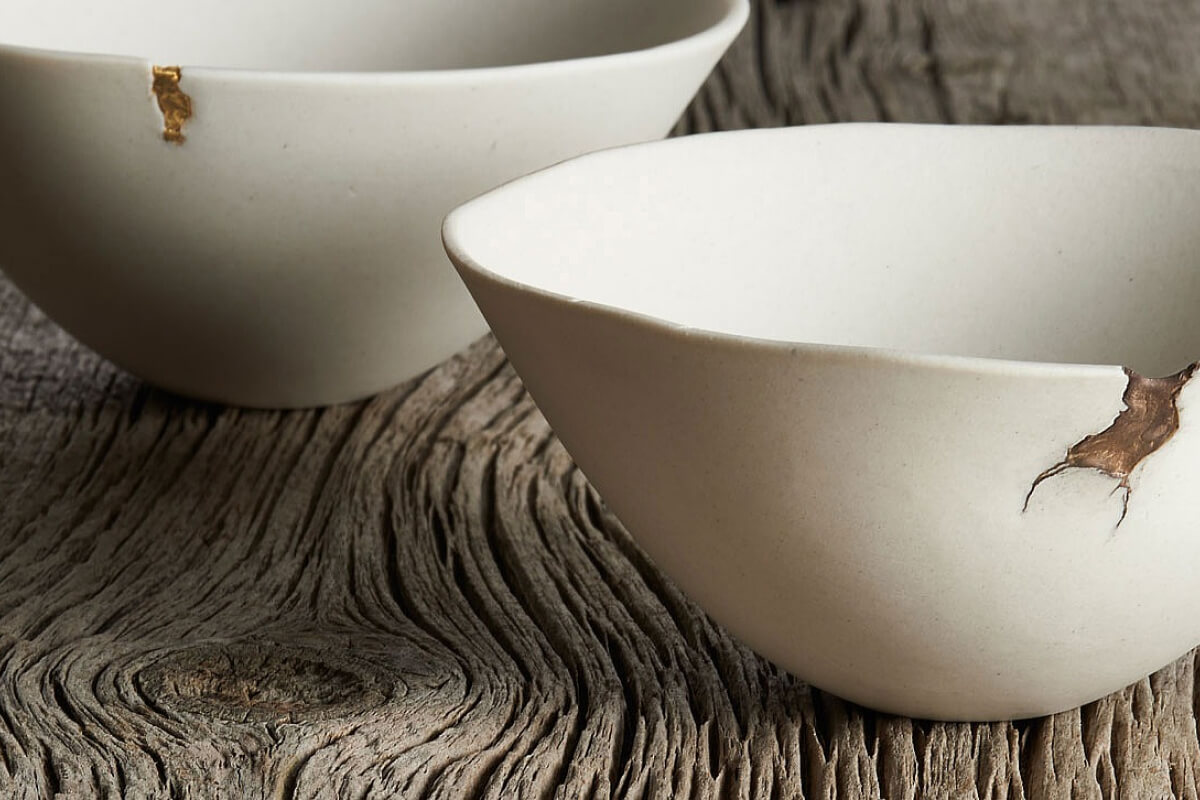The story goes like this:
The Story Behind Wabi-Sabi
There was a beautiful, sprawling shrine whose vast gardens had gone untended for too long. It was April and the ground was still covered with dead leaves and there was new growth everywhere. The master instructed his student to prune all the bushes, rake all the leaves, pull all the weeds and cut all the grass. “Make our garden perfect.” It was excruciating work, but after a couple of days the gardens were pristine– not a weed in the ground, not an uneven hedge, not even an errant branch to be found.
Pridefully, the student returned to the shrine to request that his master look at the perfectly manicured gardens he had created. “Well? What do you think? Perfect, right?”
“I’m sorry, my student, but it is not perfect.” Shocked and disappointed, the student watched the master walk to the edge of the garden towards a cherry tree. The master grabbed the tree and shook it vigorously, showering the flawlessly trimmed lawn with cherry blossoms, and went back to the shrine. “Now it is perfect, student.” The master said.
This is the story that’s used to describe the Japanese aesthetic of Wabi-Sabi. Wabi-Sabi is simply the appreciation of imperfection and transience. Sure, in a day or two those cherry blossoms will turn brown and need to be raked up. But the master wasn’t teaching the student how to maintain a lawn; he was showing him how to appreciate the inevitable imperfections that make us who we are.
What Does Wabi-Sabi Mean?
Wabi-Sabi is “imperfect, impermanent and incomplete.” It doesn’t take a poet to extend that description into a metaphor about ourselves. The trick to Wabi Sabi is finding the beauty in those things. It’s an aesthetic traditionally cultivated in Japanese pottery, but it can be applied to anything – the stain on your favorite sweater, the scratch in your new hardwood floor, even the person in line ahead of you who’s taking too long to order coffee.
Wabi Sabi is something I’ve sought to incorporate into my personal mindfulness practice. Mindfulness teaches us to hesitate before passing judgement and experience things as they are. Adding an extra step in there gives you the chance to create a little joy out of this pause. Appreciating things for their flaws and impermanence puts a joyful filter on all of your observations and experiences.
How To Use Wabi-Sabi
Try it – the next time you encounter something that irks you, stop. Can’t your gaze a little and inhale deeply. Ponder something unique to appreciate about it. Imagine how this will change your reaction the next time someone steals your parking spot or upsets you at work.
Even if you’ve never meditated, just doing this practice alone will make you more mindful. And it’ll make life that much easier to handle.










